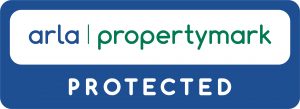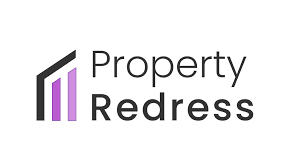6. Be Competitive
While you want to maximize your rental income, it’s essential to remain competitive in the market. If your rent is significantly higher than similar properties in your area, you may struggle to find tenants. Conversely, setting your rent too low could leave money on the table. Aim for a balance that reflects the property’s value while remaining competitive.
Example: If most two-bedroom flats in your area rent for around £1,500 per month, setting your rent at £1,700 may discourage potential tenants. To remain competitive, you decide to set the rent at £1,550, offering good value without leaving money on the table.
7. Conduct Regular Rent Reviews
The rental market is dynamic, and what was the right rent a year ago may not be the same today. Consider conducting regular rent reviews to ensure your property’s rent remains competitive and reflective of market conditions. Many landlords choose to review rent annually or upon lease renewal.
Example: You’ve been renting out your property for three years at the same monthly rate. During a rent review, you realize that similar properties in your area are now renting for £100 more than your current rate. You decide to increase the rent for the next lease term to align with market rates.
8. Understand Local Regulations
Be aware of any local regulations or rent control laws that may affect your ability to set or increase rent. In some UK cities, there are restrictions on how much you can raise the rent, and failure to comply with these laws can result in legal consequences. Consult with a legal professional or property management expert if you have concerns about rent control regulations in your area.
Example: Your property is located in a city with strict rent control laws that limit rent increases to 3% annually. It’s essential to follow these regulations to avoid legal issues and ensure compliance with local laws.
9. Use Online Tools and Resources
There are several online tools and resources available to help you determine the right rent for your property. Websites like Zoopla, Rightmove, and OnTheMarket provide data on rental prices in various regions across the UK. Additionally, there are rent estimation tools that can provide valuable insights based on your property’s specifications and location.
Example: You utilize an online rent estimation tool to get an estimate for your property’s rent based on its specifications and location. The tool suggests a monthly rent of £1,450, which helps you make an informed pricing decision.
10. Seek Professional Guidance
If you’re unsure about how to set the right rent for your property or prefer to leave this task to experts, consider hiring a professional property management company. Property managers have extensive knowledge of the local market, can conduct thorough property assessments, and have access to valuable market data to help you make informed pricing decisions.
Example: You decide to hire a professional property management company to handle pricing and tenant management for your property. Their expertise in the local market and access to market data allows them to optimize your rental income and ensure you remain competitive.
In conclusion, setting the right rent for your property in the UK requires a combination of research, assessment, and market awareness. By understanding your local market, evaluating your property’s features, and considering expenses and trends, you can ensure that your rental income aligns with your investment goals. Regularly reviewing your rent and seeking professional guidance when necessary will help you maintain a competitive edge in the dynamic rental market.






